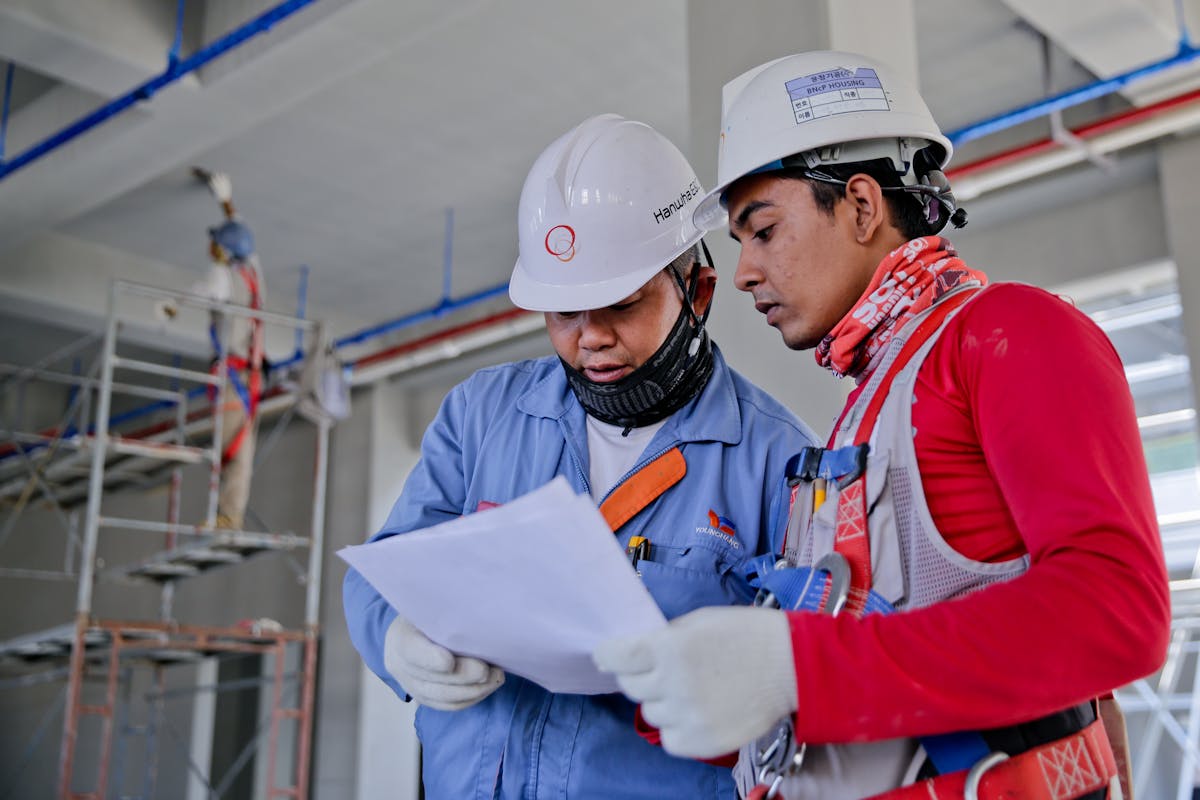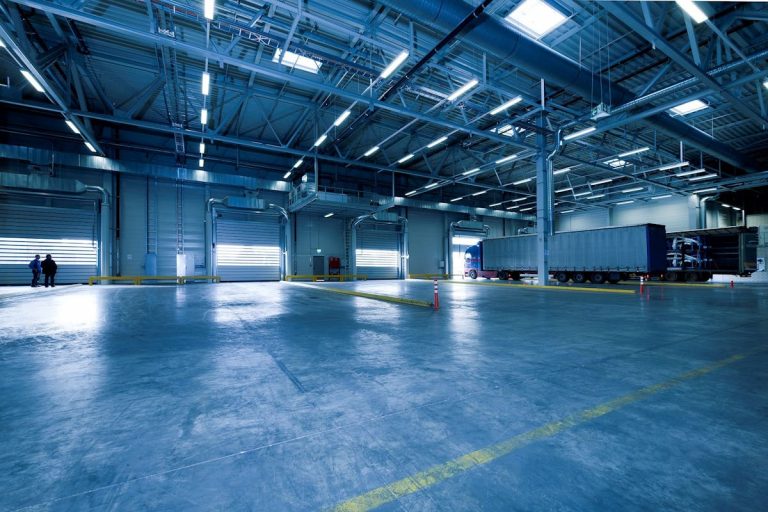- Meticulous planning includes comprehensive risk assessments and clear safety protocols.
- Implementation involves providing appropriate PPE, fall protection systems, and regular equipment checks.
- Effective supervision entails qualified site supervisors, regular inspections, and safety audits.
- Communication channels foster collaboration and problem-solving for safety concerns.
- Continuous improvement involves analyzing incidents, ongoing training, and celebrating safety achievements.
Building a warehouse involves numerous complexities, from design and construction to meeting safety standards. Safety should always be a top priority in any construction project, especially involving large-scale structures like warehouses. With heavy machinery, heights, and various construction materials, the potential for accidents is higher. Hence, it’s crucial to implement stringent safety measures throughout construction to safeguard workers and ensure a successful project. This article will explore the key aspects of ensuring safety when building a warehouse.
1. Planning for Safety:
Meticulous planning for safety is imperative before laying the foundation or erecting steel beams. Here are some essential considerations:
Comprehensive Risk Assessment:
Conduct a thorough risk assessment of the construction site, identifying hazards such as uneven terrain, overhead power lines, or hazardous materials. This assessment should be revisited regularly as the project progresses to address emerging risks. Work with your general contracting company to ensure nothing is overlooked as workers build the structure.
Safety Training and Education:
Provide comprehensive safety training to all workers involved in the project, including general contractors, subcontractors, and laborers. Training should cover proper equipment usage, fall protection, emergency procedures, and handling hazardous materials. Regular safety meetings and toolbox talks can reinforce safety protocols and address concerns or questions.
Safety Protocols and Procedures:
Establish clear safety protocols and procedures specific to the warehouse construction site. This includes protocols for working at heights, handling heavy machinery, managing materials, and responding to emergencies. Regularly review and update these protocols to incorporate lessons learned and emerging best practices.
2. Implementing Safety Measures:
Once the planning phase is complete, it’s time to implement safety measures. Here’s how:
Personal Protective Equipment (PPE):
All workers must wear appropriate PPE at all times, including hard hats, high-visibility vests, steel-toed boots, and safety goggles. Additionally, specialized PPE should be provided for tasks such as welding or working with chemicals. Regularly inspect and replace damaged or worn-out PPE to ensure effectiveness.
Fall Protection Systems:
Install reliable fall protection systems such as guardrails, safety nets, or personal fall arrest systems (PFAS) to prevent falls from heights. Regular inspections of these systems should be conducted to ensure they are properly installed and maintained throughout the construction process.
Equipment Safety Checks:
Regularly inspect and maintain all construction equipment and machinery to ensure they are in good working condition. This includes cranes, forklifts, scaffolding, and power tools. Establish protocols for equipment inspection, maintenance, and repair, and promptly address any issues to prevent accidents.
3. Supervision and Oversight:
Effective supervision and oversight are essential for maintaining safety on a warehouse construction site. Here’s how to ensure proper supervision:
Qualified Site Supervisors:
Assign experienced and qualified supervisors to oversee construction activities and enforce safety protocols. These supervisors should have comprehensive knowledge of construction safety standards and regulations and be empowered to take corrective action when necessary.
Regular Site Inspections:
Conduct regular site inspections to identify potential safety hazards and ensure compliance with safety protocols. Inspections should be conducted by trained personnel and documented to track progress and address any deficiencies promptly.
Safety Audits and Reviews:

Periodically conduct safety audits and reviews to assess the effectiveness of safety measures and identify areas for improvement. Engage workers in these audits to gather valuable feedback and insights into safety performance and culture.
4. Communication and Collaboration:
Effective communication and collaboration among all stakeholders are essential for maintaining safety on a warehouse construction site. Here’s how to foster communication and collaboration:
Clear Communication Channels:
Establish clear communication channels for sharing safety information, updates, and concerns among workers, supervisors, and management. This can include daily huddles, safety bulletins, or digital communication platforms.
Collaborative Problem-Solving:
Encourage collaborative problem-solving among workers to address safety issues and find solutions. Empower workers to speak up about safety concerns without fear of retribution and foster a culture of accountability and responsibility.
5. Continuous Improvement:
Safety should be an ongoing priority throughout the entire construction process. Here’s how to promote continuous improvement:
Lessons Learned Analysis:
Conduct a thorough analysis of any safety incidents or near misses to identify root causes and implement preventive measures. Share lessons learned with all stakeholders to prevent similar incidents in the future.
Training and Development:
Invest in ongoing safety training and development programs to inform workers about the latest safety practices and technologies. Provide opportunities for workers to obtain relevant certifications and qualifications to enhance their safety knowledge and skills.
Celebrate Safety Milestones:
Recognize and celebrate safety milestones and achievements to reinforce the importance of safety and motivate workers to maintain high safety standards. This can include safety awards, recognition ceremonies, or incentives for exemplary safety performance.
Ensuring safety when building a warehouse requires careful planning, diligent implementation of safety measures, effective supervision, communication, and collaboration, and a commitment to continuous improvement. By prioritizing safety throughout construction, stakeholders can create a safe working environment and mitigate the risk of accidents and injuries. Remember, safety is not just a requirement – it’s a responsibility that benefits everyone involved in the project.

